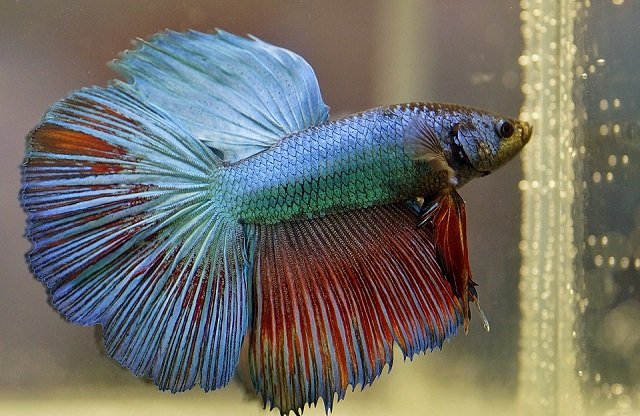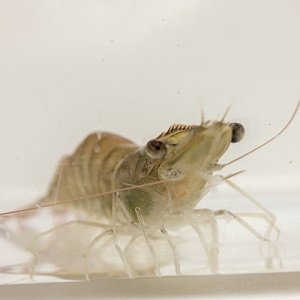Australia – A new discovery may provide the crucial link that helps accelerate development of microalgae into beneficial human health supplements.
Dietary supplementation of fatty acids produced from microalgae have wide-reaching health benefits for humans, including the ability to reduce obesity, diabetes and fatty liver disease, preventing hair loss, and assisting wounds to heal.
However, its widespread development has been hampered by the current limits of bioimaging tools needed to allow easy, rapid and non-invasive evaluation of lipid conditions within microalgae.
A novel protocol to detect lipid production in microalgae has been discovered at Flinders University by Mohsinul Reza, a PhD student under the supervision of Professors Jian Qin and Youhong Tang.
The study – “Understanding the lipid production mechanism in Euglena gracilis with a fast-response AIEgen bioprobe, DPAS” published by Materials Chemistry Frontiers, DOI: 10.1039/D0QM00621A) – details the development of a novel protocol by using a novel aggregation induced emission (AIE) fluorescent bioprobe to detect the production of lipid drops from microalgae.
Mr Reza has discovered the optimal condition to maximise the production of long-chain polyunsaturated fatty acid such as omega-3 fatty acids eicosapentaenoic acid (EPA) and docosahexaenoic acid (DHA) in Euglena gracilis – a species of lipid-producing microalgae that can biosynthesise multiple beneficiary compounds as food supplements for human health.
“This technique enables us to visualise the distribution and quantity of lipid drops in live algae on a confocal microscope,” says Professor Jian Qin. “This new method could screen the capacity of lipid droplet production in other algal species that have the potential as a source to produce healthy food for humans.”
Stay Always Informed
Join our communities to instantly receive the most important news, reports, and analysis from the aquaculture industry.
The new technique improves on traditional fluorescent probes currently used for lipid imaging, which often suffer from reduced photostability and difficulties in dye acquisition techniques that limits their usage for microscopic imaging.
The new bioprobe DPAS (a lipid-specific AIE fluorogen that is synthesised from very cheap materials) could surpass the performances of the traditional fluorophore for lipid droplets staining in terms of photostability, rapid and easy sample preparation techniques.
This new technique significantly eases the lipid study in this algal cell type. This fluorescent probe is also biocompatible and suitable for multicolour imaging that broadens the horizon of this dye for biological studies.
The researchers also observed cultural conditions that can produce higher amount of health beneficiary fatty acids, which suggests that promising bio-functional compounds could be available from culturing Euglena gracilis microalgae in the applied conditions.
In details, the researchers tested five different treatments and analysed the results using DPAS and BODIPY (a well-known staining probe) to compare the results. They found that the presence of organic carbon in the form of glucose and deprivation of nitrogen and calcium from the algal culture enhanced lipid production in a dark condition.
Reference:
AHM Mohsinul Reza, Yabin Zhou, Javad Tavakoli, Youhong Tang and Jianguang Qin. 2020. Understanding the lipid production mechanism in Euglena gracilis with a fast-response AIEgen bioprobe, DPAS. Materials Chemistry Frontiers
Source: Flinders University
Editor at the digital magazine AquaHoy. He holds a degree in Aquaculture Biology from the National University of Santa (UNS) and a Master’s degree in Science and Innovation Management from the Polytechnic University of Valencia, with postgraduate diplomas in Business Innovation and Innovation Management. He possesses extensive experience in the aquaculture and fisheries sector, having led the Fisheries Innovation Unit of the National Program for Innovation in Fisheries and Aquaculture (PNIPA). He has served as a senior consultant in technology watch, an innovation project formulator and advisor, and a lecturer at UNS. He is a member of the Peruvian College of Biologists and was recognized by the World Aquaculture Society (WAS) in 2016 for his contribution to aquaculture.




